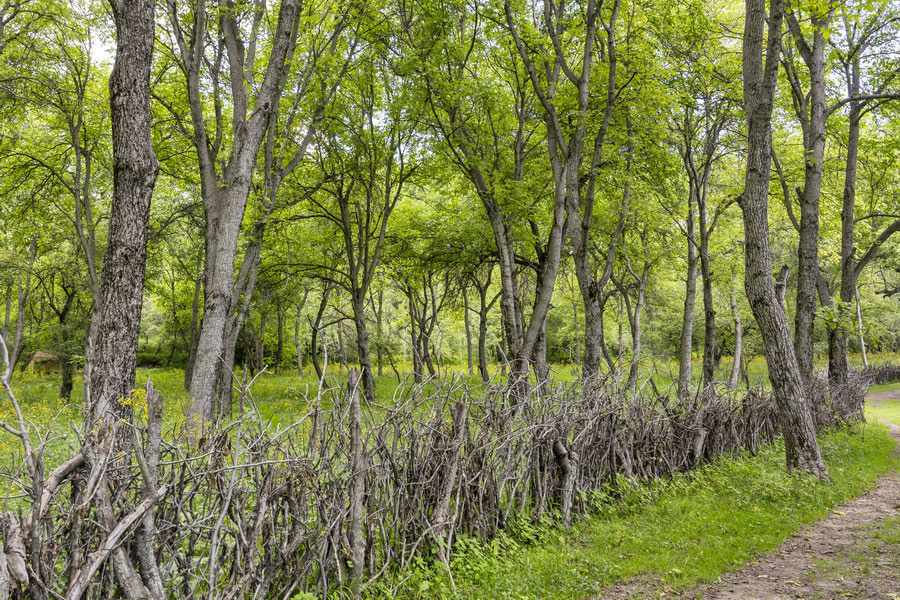Arslanbob Valley, Kyrgyzstan

The "Royal Forests" of Southern Kyrgyzstan
In the Djalalabad region of Southern Kyrgyzstan lie the walnut groves of Arslanbob. Arslanbob is said to be named after an 11th century hero who met his death nearby - betrayed by his wife to his enemies. His footprints, handprints and bloodstains are said to still be visible at the spot.
There is another account which tells of a modest and earnest, hardworking man charged by the prophet Muhammed with finding a beautiful and comfortable place - a paradise on earth. He traveled through many lands until he found a picturesque valley with a frothy mountain river, but which lacked trees. Inspired by his reports, the prophet sent him a bag of seeds of many different types of trees - including, of course, the walnut. The hero climbed to the top of a mountain and spread the seeds over the valley, transforming it into a "garden" which he tended for many years.
In Russian, walnuts are known as "Gretski", or "Greek" nuts, because Alexander the Great sent plants back to Greece from his campaign in Central Asia. It is not clear how the trees arrived here - they are native to Malaysia. Nuts from the area were exported along the Silk Road in its heyday.
Here the trees, with their dome shaped crowns atop two meter thick trunks, can reach a height of 30 meters and are found growing wild on mountain slopes and along river banks at an altitude of between 1,000 and 1,800 meters above sea level. Arslanbob itself lies at 1,700m.
The whole region is like an orchard and boasts many different varieties of fruit. Also located here is the Arstanbap-Aty mausoleum (dating from the 15th century) The village is a traditional, mainly Uzbek, community and conservative dress is the norm.
There is a "tour base" here and many hikes are possible throughout the area. Nearby are two spectacular waterfalls with caves, formerly used by the devout for prayers. A Community Based Tourism project is also based here, which can provide accommodation and other services.
